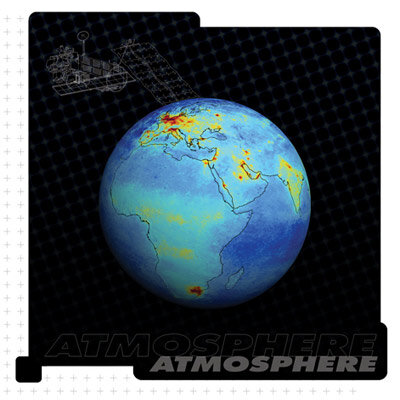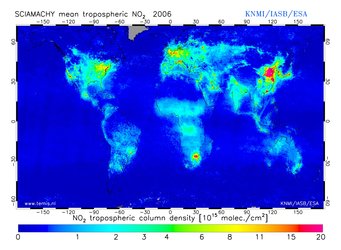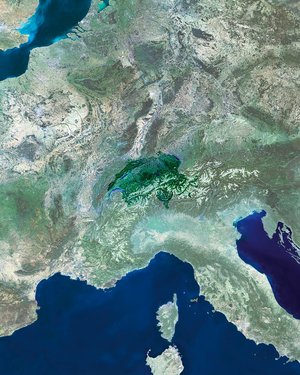Envisat still going strong after five successful years
Launched from Kourou in French Guiana on the night of 28 February 2002, ESA’s Envisat spacecraft marks its fifth year in space. Having orbited Earth more than
Generating some 280 Gigabytes of data products daily, Envisat has gathered 500 Terabytes to date. The amount of data returned by Envisat’s suite of 10 instruments is providing scientists with a global picture of our environment and is helping to fulfil the initial needs of the Global Monitoring for Environment and Security (GMES) initiative until the launch of the Sentinel satellites.
Results of ongoing research projects using data from Envisat, as well as other ESA satellites, will be presented at the 2007 Envisat Symposium in Montreux, Switzerland, from 23 to 27 April. This anniversary is particularly important because it marks the end of Envisat’s nominal lifetime, as the satellite was initially only intended to stay in orbit for five years. However, given the overall excellent standing of the satellite, the ESA Member States have agreed to fund the mission operations until 2010.
To mark five years of Envisat, four picture galleries have been created to provide an overview of the mission. Click on the images below to view.
Atmosphere

By observing changes in the Earth’s radiation budget, the depletion of the ozone layer, plumes of aerosols and pollutants and exhaust trails left in the atmosphere by airliners, Envisat supplies us with an accurate view of our atmosphere.
Land

By mapping the distribution of forests, agricultural land and human settlements and even tiny changes in surface elevation provoked by earthquakes or land subsidence, and monitoring vegetation characteristics, Envisat supplies us with an accurate view of our land.















 Germany
Germany
 Austria
Austria
 Belgium
Belgium
 Denmark
Denmark
 Spain
Spain
 Estonia
Estonia
 Finland
Finland
 France
France
 Greece
Greece
 Hungary
Hungary
 Ireland
Ireland
 Italy
Italy
 Luxembourg
Luxembourg
 Norway
Norway
 The Netherlands
The Netherlands
 Poland
Poland
 Portugal
Portugal
 Czechia
Czechia
 Romania
Romania
 United Kingdom
United Kingdom
 Slovenia
Slovenia
 Sweden
Sweden
 Switzerland
Switzerland



































